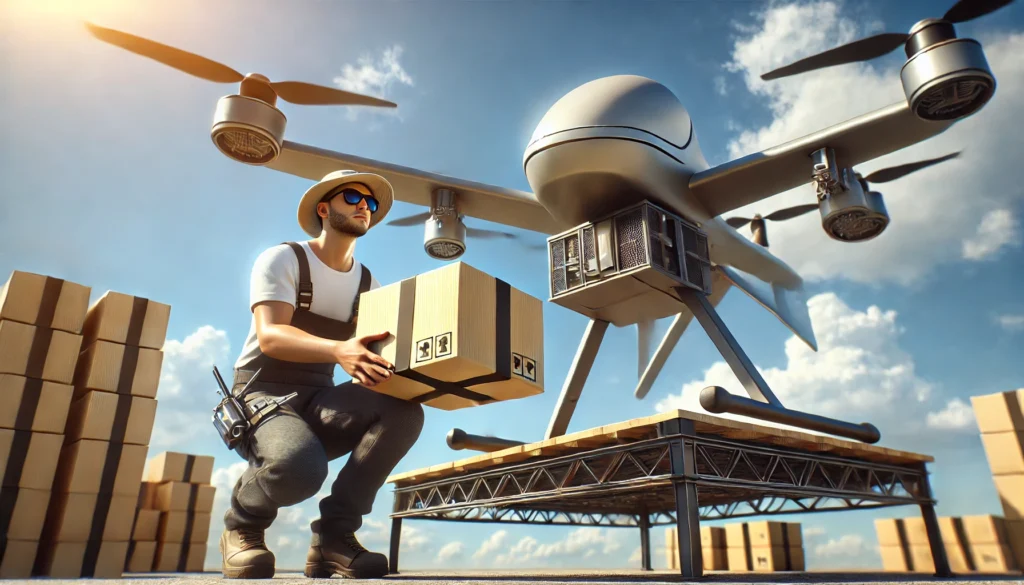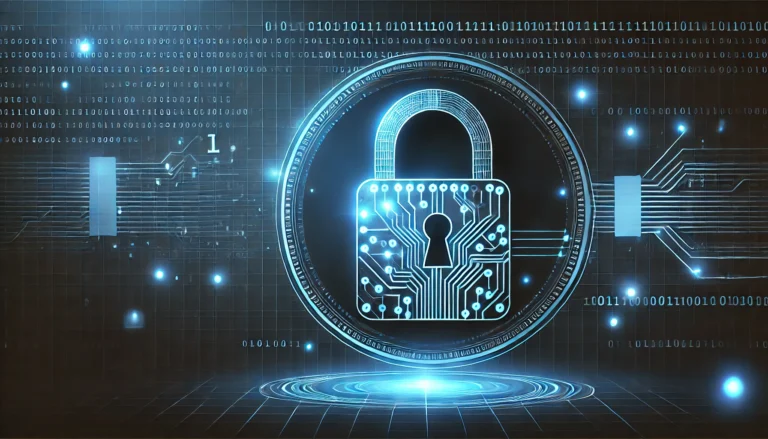The recent advancements in drone technology have led to the active adoption of drone delivery in the logistics industry. In particular, the use of drones is increasing in the fields of e-commerce and goods delivery. This is because drones offer the advantage of rapid delivery and efficient service even in areas with difficult access.

Last December, the Ministry of Land, Infrastructure, and Transport announced the completion of the 2024 “K-Drone Delivery Commercialization” project. This project was carried out in collaboration with 14 local governments, aiming to commercialize drone delivery in 50 regions, including Jeju Island. As a result, 16 delivery service providers participated, flying a total of 10,635 km in approximately 3,000 flights to deliver goods.
In the case of Gapa Island in Jeju, a drone delivery service was operated to deliver food within 15 minutes, even after ferry services ceased at 4 PM. Additionally, Seongnam City became the first in Korea to introduce drone delivery in urban areas, conducting a pilot project to deliver snacks such as chicken, pizza, and coffee, as well as water play items, at two locations along the Bundang Tancheon Water Park. To ensure the safety of drones, the city and the service operator conducted over 300 pre-operation flights.
The commercialization of drone delivery appears to be approaching rapidly. However, along with the stable establishment of drone delivery, security issues have emerged as a critical challenge. Since drones can be remotely controlled, they are vulnerable to threats such as hacking, signal interference, and physical hijacking. For example, hackers could intercept a drone’s GPS signal or launch a “spoofing” attack by sending fake signals. If the communication link is not encrypted, security threats such as data collection, manipulation, and malware injection may increase.
Accordingly, the global market is exploring various measures to enhance drone security. Technologies are being developed to encrypt drone communication systems and apply multi-factor authentication to prevent hacking. Additionally, functions are being introduced that automatically stop the drone if it deviates from a designated route. AI-based threat detection systems are also gaining attention, allowing real-time monitoring of abnormal drone activity.

In South Korea, efforts to improve drone security are ongoing. The Busan Port Authority is collaborating with related organizations to establish a system for detecting and enhancing security against illegal drones at Busan Port. This system applies technology capable of detecting drones flying within a maximum range of 20 km and determining their authorization status.
The Korea Internet & Security Agency (KISA) is also making efforts. KISA has distributed the “Drone Security Certification Standards Guide” to help drone manufacturers effectively prepare for security certification. This guide provides a detailed explanation of security certification standards based on drone control and operation methods.
The Ministry of Land, Infrastructure, and Transport also developed and distributed drone delivery guidelines as part of this commercialization project. Drones equipped with identification devices were required to follow designated delivery routes. As a result, no human casualties or property damage were recorded.
For drone delivery to become a safe and reliable service, continuous collaboration between the government and businesses is essential to strengthen security regulations and advance related technologies. Addressing drone security issues is a key factor in accelerating the popularization of drone delivery, which will contribute to logistics innovation, the creation of a secure delivery environment, and the swift stabilization of drone services.






